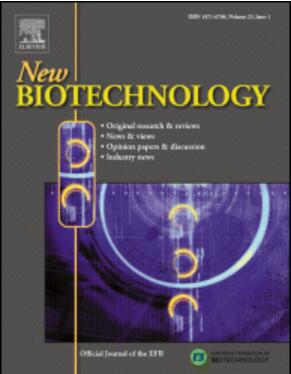Optimization of genome editing by CRISPR ribonucleoprotein for high efficiency of germline transmission of Sox9 in zebrafish
IF 4.5
2区 生物学
Q1 BIOCHEMICAL RESEARCH METHODS
引用次数: 0
Abstract
Primordial germ cells (PGCs) are the first germline stem cells to emerge during early embryonic development and are essential for the propagation and survival of species. Genome editing creates mutagenesis possibilities in vivo, but the generation of precise mutations in PGCs is still challenging. Here, we report an optimized approach for highly efficient genome editing via introducing biallelic variations in early embryos in zebrafish. We adopted an extended, GC-rich, and chemically modified sgRNA along with microinjection of the CRISPR ribonucleoprotein (RNP) complex into the yolk sac at the 1-cell stage. We found that genome editing of Sox9a generated a high proportion of heterozygotes with edited alleles in the F1 generation, indicating biallelic editing. Deep sequencing and mapping the edited cells from early embryos to future tissues revealed that the edited founder has a dominantly edited allele, sox9a M1, accounting for over 99 % of alleles in the testis. Specifically, all offspring of the founder inherited the edited allele, suggesting nearly complete editing of the alleles in early germline cells. Overall, the optimization delineates biallelic editing of sox9a in early embryos and transmission of edited alleles to offspring, thus presenting a method to create a desired genetic mutation line of Sox9a avoiding lengthy traditional crossbreeding.
求助全文
约1分钟内获得全文
求助全文
来源期刊

New biotechnology
生物-生化研究方法
CiteScore
11.40
自引率
1.90%
发文量
77
审稿时长
1 months
期刊介绍:
New Biotechnology is the official journal of the European Federation of Biotechnology (EFB) and is published bimonthly. It covers both the science of biotechnology and its surrounding political, business and financial milieu. The journal publishes peer-reviewed basic research papers, authoritative reviews, feature articles and opinions in all areas of biotechnology. It reflects the full diversity of current biotechnology science, particularly those advances in research and practice that open opportunities for exploitation of knowledge, commercially or otherwise, together with news, discussion and comment on broader issues of general interest and concern. The outlook is fully international.
The scope of the journal includes the research, industrial and commercial aspects of biotechnology, in areas such as: Healthcare and Pharmaceuticals; Food and Agriculture; Biofuels; Genetic Engineering and Molecular Biology; Genomics and Synthetic Biology; Nanotechnology; Environment and Biodiversity; Biocatalysis; Bioremediation; Process engineering.
 求助内容:
求助内容: 应助结果提醒方式:
应助结果提醒方式:


